10 Spicy Secrets of Yellow Mustard Seeds: From Kitchen Staple to Global Superstar!
So, you thought yellow mustard seeds were just those tiny yellow specks hiding in your jar of pickles or that classic ballpark mustard? Think again! These unassuming little powerhouses are more than meets the eye. In this article, we’ll dive deep into the spicy, crunchy, aromatic world of yellow mustard seeds — from their origins and flavor profiles to cooking hacks, health benefits, and even global culinary cameos.
Whether you’re a spice-savvy chef or a weekend kitchen warrior, there’s something here for everyone. Buckle up, because we're about to make your spice rack a lot more interesting!
目录
- What Are Yellow Mustard Seeds?
- Flavor Profile: Mild or Mighty?
- Culinary Uses Across the Globe
- Top 5 Cooking Tips with Yellow Mustard Seeds
- Health Benefits You Didn’t Know About
- Storage & Shelf Life: How to Keep Your Spice Fresh
- Yellow vs. Brown vs. Black Mustard Seeds: A Flavor Face-Off
- Common Myths & Misconceptions Debunked
- Can You Grow Your Own Yellow Mustard?
- Fun Facts That’ll Make You the Life of the Party
What Are Yellow Mustard Seeds?
Yellow mustard seeds, scientifically known as Brassica alba, are the mildest of the three major mustard seed varieties (the others being brown and black mustard seeds). Often referred to as white mustard seeds in some regions, these seeds are round, slightly larger than their darker cousins, and have a light yellow to pale tan color.
They’re widely used in temperate climates and have been cultivated for centuries, particularly in Mediterranean countries and parts of Asia. But don’t let their gentle appearance fool you — when ground or mixed with liquid, they release compounds that bring a distinct sharpness and warmth to dishes.

Flavor Profile: Mild or Mighty?
If mustard seeds were students, yellow ones would be the polite one who always raises their hand before answering — never too loud, but definitely present. Compared to brown or black mustard seeds, which can pack a punch, yellow mustard seeds are known for their mild heat and slightly nutty, earthy flavor.
When whole, they have a subtle aroma and very little bite. However, once cracked or soaked in liquid (especially acidic ones like vinegar), they start to release enzymes that create the signature mustard pungency we all know and love. This delayed reaction makes them perfect for slow-infused recipes and sauces.
| Type of Mustard Seed | Flavor Intensity | Aroma | Best For |
|---|---|---|---|
| Yellow Mustard Seed | Mild | Earthy, Nutty | Sauces, Pickling, Marinades |
| Brown Mustard Seed | Moderate-High | Pungent, Spicy | Curries, Whole Grain Mustard |
| Black Mustard Seed | High | Sharp, Bitter | Spice Blends, Traditional Indian Cuisine |
Culinary Uses Across the Globe
Yellow mustard seeds might not scream for attention, but they quietly play key roles in many global cuisines. Let’s take a quick world tour through the lens of mustard:
- United States: The backbone of classic American yellow mustard, often seen slathered over hot dogs and burgers.
- India: Used in milder pickles and some regional masalas, especially in Gujarat and Punjab.
- Europe: Common in German sausages, French vinaigrettes, and Italian mustards.
- Middle East: Sometimes added to spice blends for meats or used in preserved vegetable dishes.
- Mexico: Occasionally found in mole recipes or blended into sauces for a tangy kick.
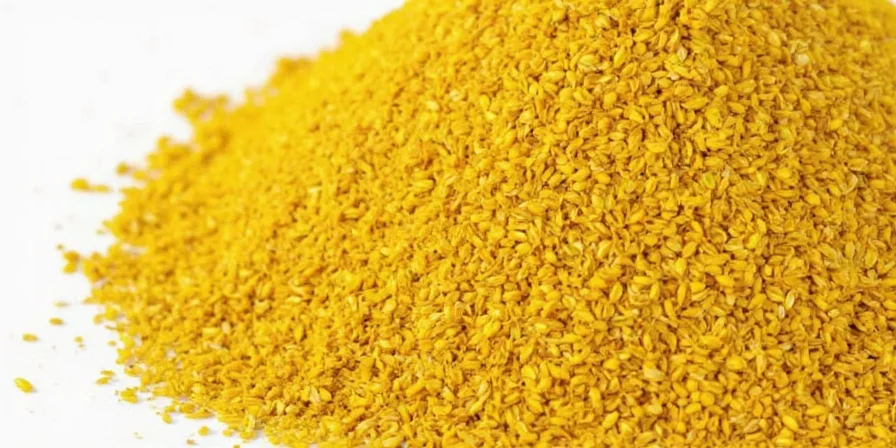
Top 5 Cooking Tips with Yellow Mustard Seeds
Ready to level up your mustard game? Here are five practical, kitchen-tested tips that will turn you into a yellow mustard wizard:
- Dry Roast Before Use: Lightly dry roast the seeds in a pan until they become fragrant (no oil needed!). This enhances their natural nuttiness and boosts flavor in any dish.
- Add to Pickling Liquids: Yellow mustard seeds are a staple in many pickle brines. They add depth and complexity without overpowering the tangy vinegar base.
- Blend with Vinegar for Homemade Mustard: Mix ground yellow mustard seeds with white wine vinegar, water, and a pinch of salt for a basic homemade mustard that can be customized endlessly.
- Toast First for Sautees: In Indian cooking, mustard seeds are often “tempered” by heating them in oil until they pop. Try it with curry leaves and onions for a flavorful base.
- Pair with Honey or Maple Syrup: Yellow mustard seeds work surprisingly well in sweet-spicy sauces. Mix them into barbecue glazes or drizzle over roasted carrots for a unique twist.
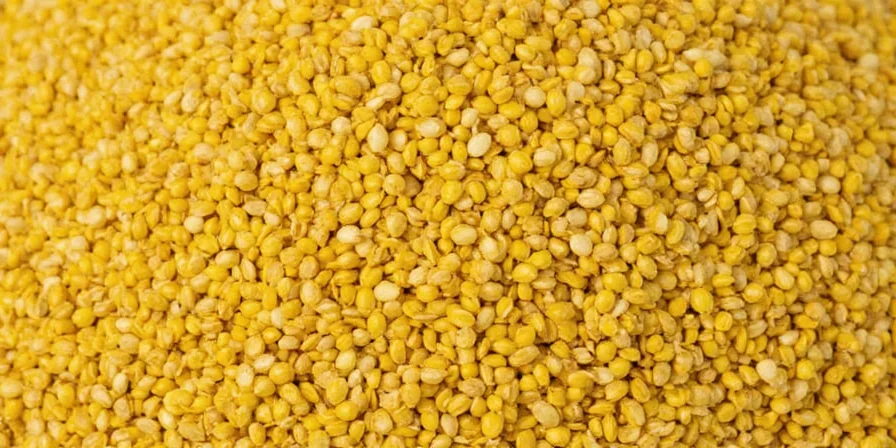
Health Benefits You Didn’t Know About
Beyond their flavor, yellow mustard seeds offer several health perks. While not quite a superfood in the kale or turmeric sense, they do contribute some valuable nutrients and bioactive compounds:
- Rich in Minerals: Contains magnesium, selenium, phosphorus, and calcium.
- Antioxidant Properties: Contains compounds that help fight oxidative stress.
- May Aid Digestion: Historically used to stimulate appetite and aid digestion due to their pungent nature.
- Anti-Inflammatory Potential: Some studies suggest that mustard seeds may contain anti-inflammatory agents.
- Low in Calories: Just 5 calories per teaspoon, making them an excellent way to add flavor without guilt.
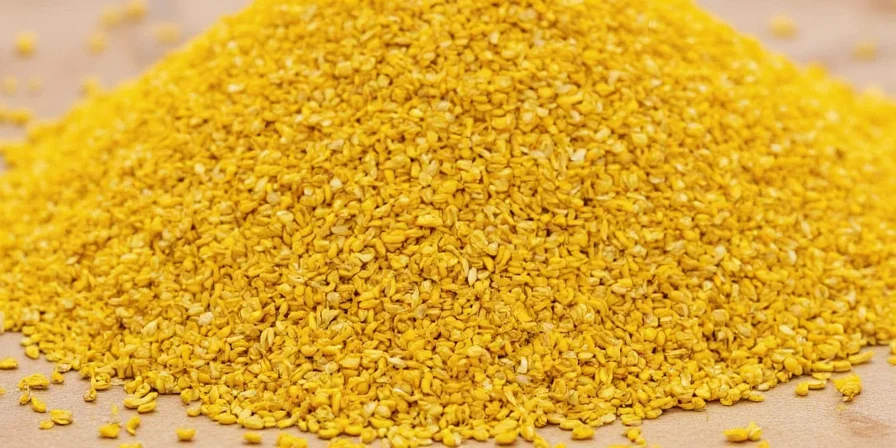
Storage & Shelf Life: How to Keep Your Spice Fresh
Like most spices, yellow mustard seeds need the right environment to stay fresh and potent. Here’s how to store them like a pro:
- Whole Seeds: Store in an airtight container away from light and moisture. They can last up to 3–4 years.
- Ground Seeds: Once ground, mustard loses potency faster. Grind only what you need and store the rest whole.
- Oil or Vinegar Mixtures: If you’ve made mustard paste, keep it refrigerated in a sealed jar for up to 6 months.
- Freezing Option: To preserve flavor longer, consider freezing the seeds in vacuum-sealed bags for up to 5 years.
Yellow vs. Brown vs. Black Mustard Seeds: A Flavor Face-Off
Let’s settle the age-old debate: which mustard seed reigns supreme? While taste is subjective, here's a breakdown of the differences that matter in the kitchen:
| Characteristic | Yellow Mustard Seed | Brown Mustard Seed | Black Mustard Seed |
|---|---|---|---|
| Heat Level | Low-Mild | Moderate | High |
| Size | Larger | Medium | Smallest |
| Color | Yellow/Pale Tan | Brown/Gray | Black/Dark Brown |
| Culinary Use | Mustard Sauces, Pickles | Indian Curries, Whole Grain Mustard | Traditional Dishes, Stronger Flavors |
| Availability | Very Common | Moderately Available | Less Common |

Common Myths & Misconceptions Debunked
Let’s bust some myths about yellow mustard seeds — because misinformation has no place in a good spice story.
- Myth: All mustard seeds are the same.
Fact: Not true! Each type has a different flavor profile and usage. - Myth: Yellow mustard seeds can’t be spicy.
Fact: While milder, they still produce heat when mixed with liquid. - Myth: Mustard seeds spoil quickly.
Fact: Whole seeds have a long shelf life if stored properly. - Myth: Only Americans use yellow mustard seeds.
Fact: They’re used globally, from India to Europe to Latin America. - Myth: Mustard seeds are bad for people with digestive issues.
Fact: In moderation, they may actually support digestion thanks to their pungent oils.
Can You Grow Your Own Yellow Mustard?
Yes! Growing your own mustard isn’t just fun — it’s also a rewarding addition to any herb or spice garden. Yellow mustard plants thrive in cooler weather and well-drained soil. Here’s a quick guide:
- Planting: Sow seeds directly into the soil in early spring or fall.
- Watering: Moderate watering; avoid soggy soil.
- Harvesting: Wait until the pods turn brown and dry. Then shake out the seeds.
- Drying: Spread seeds on a tray and dry them thoroughly before storing.
- Companion Plants: Works well with garlic, onions, and herbs like thyme.
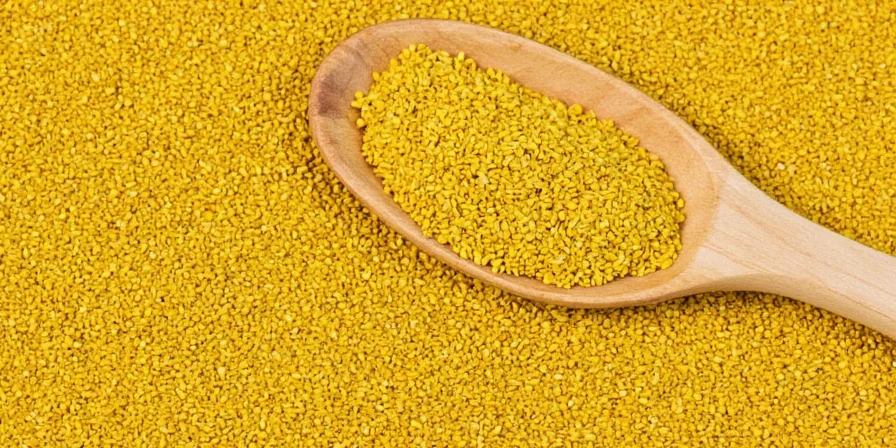
Fun Facts That’ll Make You the Life of the Party
Need to impress your friends at dinner? Drop some of these golden nuggets of knowledge:
- Mustard is one of the oldest known spices — used by ancient Romans and Egyptians.
- The word "mustard" comes from the Latin mustum ardens, meaning "burning wine", referring to its original preparation with grape must.
- In the U.S., the average person consumes about 12 ounces of mustard per year — that’s enough to coat every hot dog from coast to coast!
- Mustard plasters (made from mustard powder and water) were historically used as home remedies for chest colds.
- There’s a museum dedicated to mustard in Dijon, France — the *Moutarde et Vignoble Museum*.
Conclusion: Spice Up Your Life with Yellow Mustard Seeds
Yellow mustard seeds may not be the flashiest spice in the cabinet, but don’t underestimate their quiet charm. With their versatile flavor, easy availability, and surprising health benefits, they deserve a prime spot on your spice rack.
From elevating pickles to boosting homemade sauces, these tiny yellow warriors pack a flavorful yet approachable punch. Whether you’re experimenting with new recipes or simply looking to understand your favorite condiment better, yellow mustard seeds offer endless possibilities.
So next time you reach for that jar of mustard, remember — you’re holding history, science, and a bit of culinary magic in your hands. Now go forth and spice responsibly!
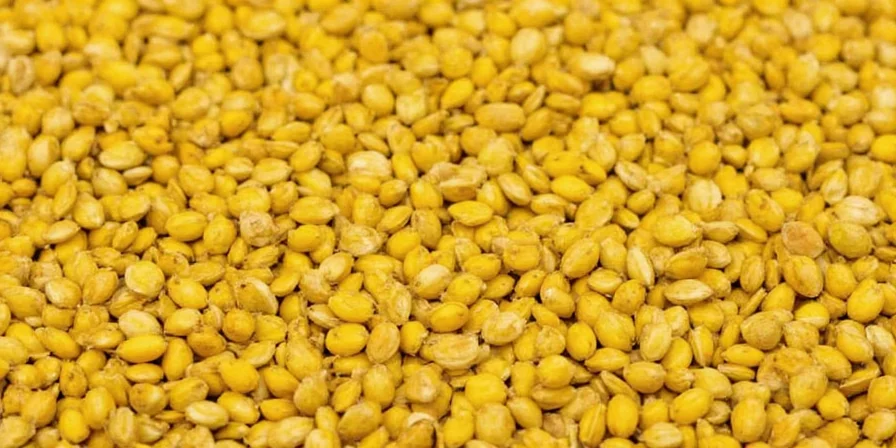

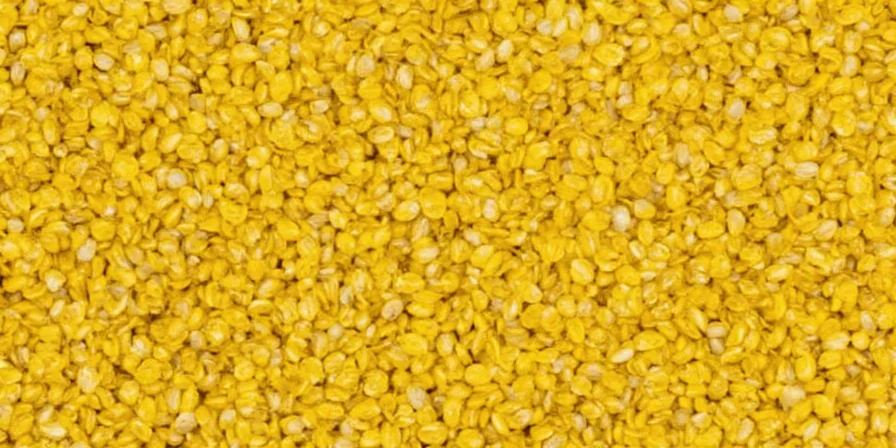









 浙公网安备
33010002000092号
浙公网安备
33010002000092号 浙B2-20120091-4
浙B2-20120091-4